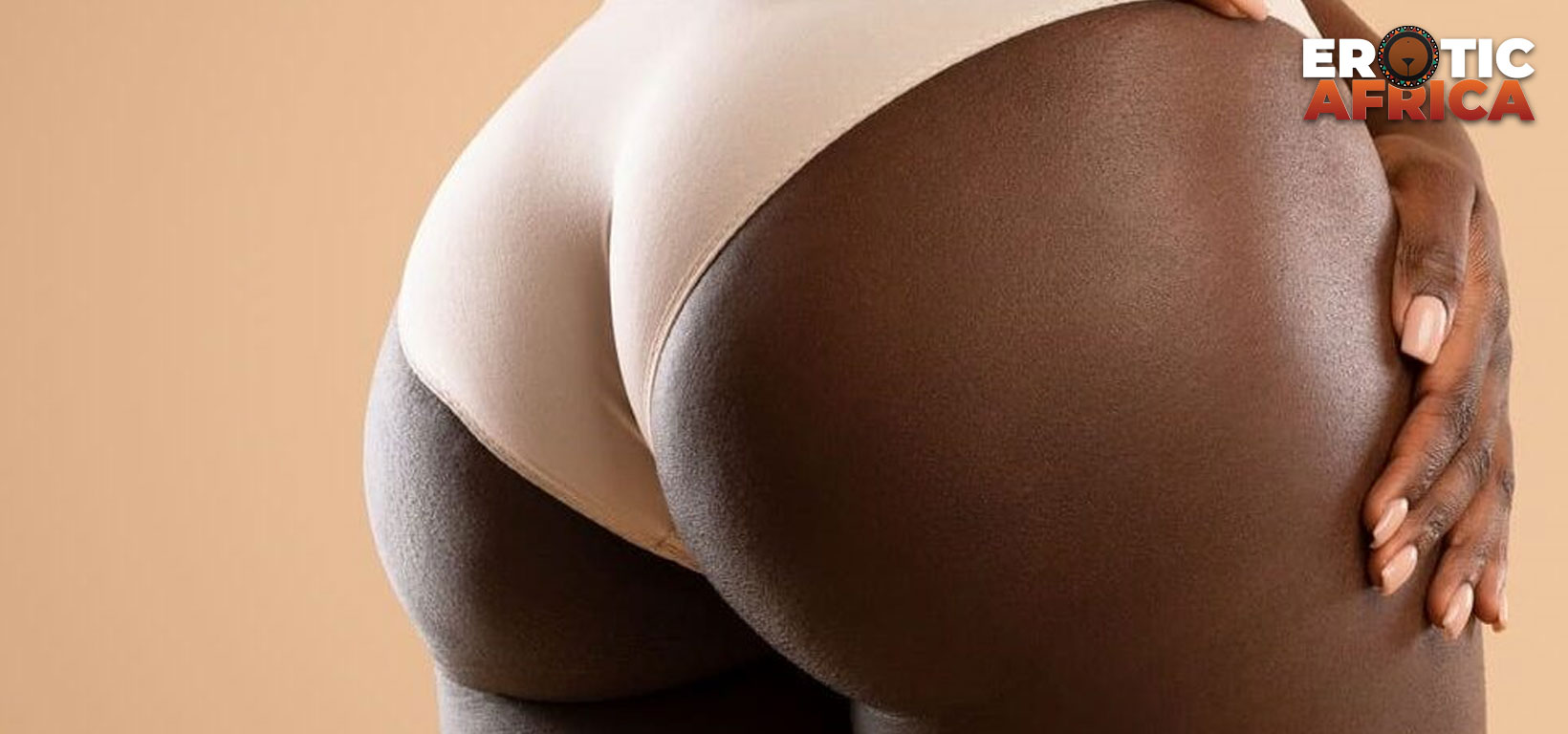Brazilian Butt Lift (BBL) in Africa : Desire, Danger, and the True Price of Curves
Page Contents
Brazilian Butt Lift (BBL) in Africa: Curves, Culture, and the Hidden Costs of the Hottest Trend
Africa has always celebrated curves. From the sculpted queens of ancient Nubia to the dance floors of Nairobi, Lagos, and Johannesburg, hips and buttocks have long been symbols of fertility, confidence, and power.
Now, the global Brazilian Butt Lift (BBL) craze has found a home on the continent—sparking fascination, quiet judgment, and serious medical debate.
What a BBL Really Is
The BBL is more than a hashtag. It’s a two-step medical procedure:
-
Liposuction removes fat from places you’d rather not keep it—stomach, waist, back, or thighs.
-
Fat transfer purifies that fat and injects it into the buttocks and hips to create a fuller, lifted silhouette.
Unlike implants, a BBL uses the patient’s own fat, so the results often look and feel natural while sculpting the waistline in the process.
Why Africa Is Watching—and Booking
Beauty Ideals with Deep Roots
Curves have always been part of African aesthetics. Social media didn’t invent this—it just broadcast it louder. Instagram and TikTok feed a global appetite for the hourglass figure that African cultures have celebrated for centuries.
Double Reward
 The BBL offers a “two-in-one” promise: stubborn fat gone, desirable curves gained. For women in Nairobi’s Karen suburb, Lagos’ Lekki strip, or Cape Town’s affluent Atlantic Seaboard, it’s marketed as a fast track to a body that commands attention.
The BBL offers a “two-in-one” promise: stubborn fat gone, desirable curves gained. For women in Nairobi’s Karen suburb, Lagos’ Lekki strip, or Cape Town’s affluent Atlantic Seaboard, it’s marketed as a fast track to a body that commands attention.
Influence Across Borders
African celebrities and influencers share before-and-after shots, sometimes openly, sometimes with a wink. Clinics from Johannesburg to Casablanca advertise “Miami results” without the long flight.
The Risks Behind the Hype
For all its glamour, the BBL carries one of the highest complication rates in cosmetic surgery.
-
Fat embolism: Injected fat can enter a blood vessel and travel to the lungs or heart—a rare but often fatal event.
-
Infection and tissue loss: Poor technique or aftercare can lead to infection or dead fat tissue.
-
Asymmetry and fat reabsorption: Up to 40% of transferred fat may be reabsorbed by the body, changing the final look.
-
Blood clots and anesthesia risks: Standard surgical dangers still apply.
African health ministries and professional boards warn that unlicensed clinics and bargain prices sharply increase these dangers.
Questions Every African Client Should Ask
-
Who is the surgeon? Board certification and proven experience are non-negotiable.
-
Where is the surgery done? Only accredited hospitals or surgical centers provide the safety equipment needed if complications arise.
-
What technique is used? Safer methods keep fat injections above the gluteal muscle to reduce the chance of fat embolism.
-
Can I afford the aftercare? Compression garments, follow-up visits, and at least two weeks of downtime are essential.
After the Surgery
Recovery demands patience and discipline. Expect:
-
Two to three weeks of limited activity and swelling.
-
Special cushions to avoid sitting directly on the buttocks for at least two weeks.
-
Lifestyle changes—healthy diet and exercise—to keep results stable, as natural fat can grow or shrink.
Curves and Consequences: An African Reality Check
The Brazilian Butt Lift is neither pure vanity nor pure empowerment—it’s a complicated dance of culture, technology, and personal choice.
Whether in Nairobi, Lagos, or Cape Town, women are weighing centuries-old beauty ideals against modern medical risks.
If you’re considering it, let knowledge—not pressure—guide your decision.
For more stories on African beauty, sexuality, and the choices shaping modern desire, explore Erotic-Africa—where pleasure meets perspective.
 3192
3192







